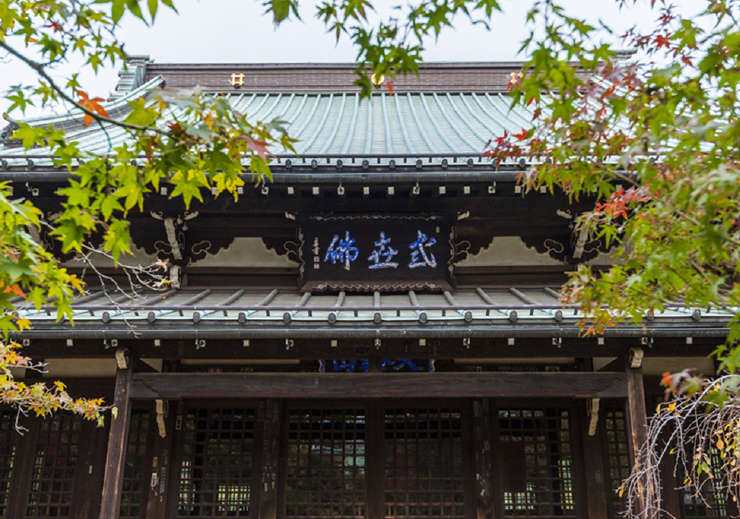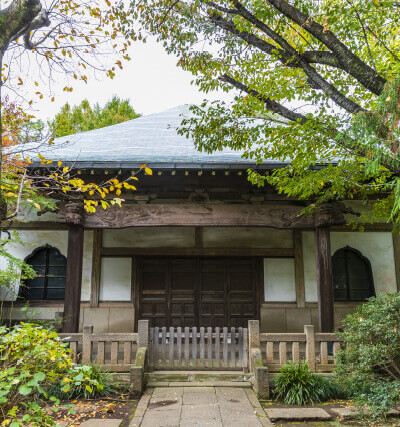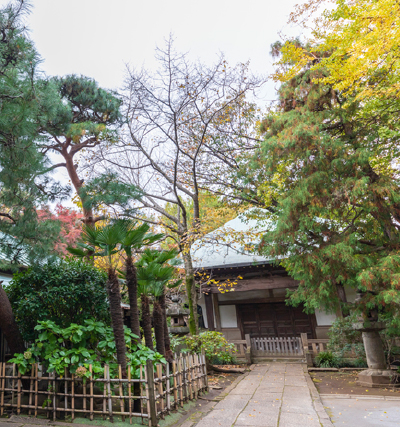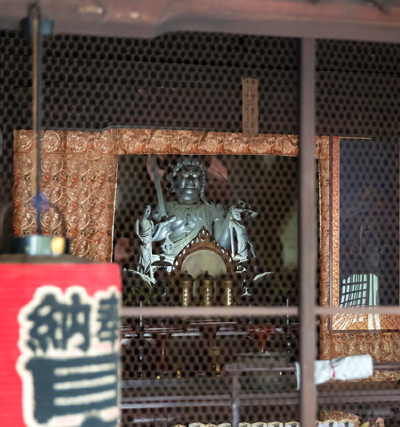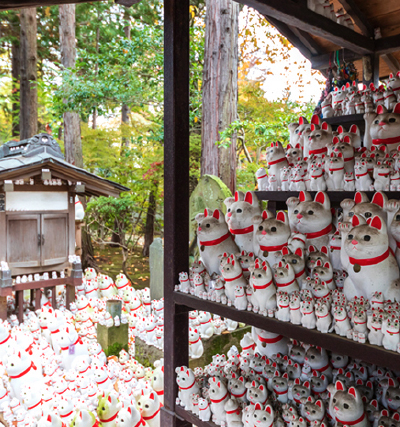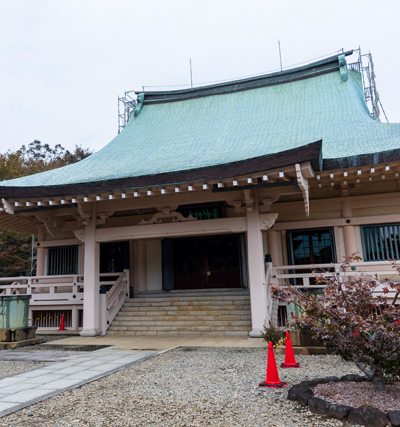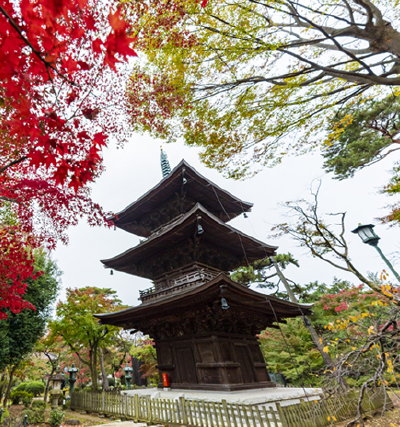Saisho-ji Temple (Meao Fudo)

Within Tokyo are various place-names that contain colors. In addition to Mejiro (meaning“white eye”) and Meguro (black eye), there are names that contain the words aka (red), ao (blue), and ki (yellow). Of the Goshiki Fudo (“five-colored fudo temples”), Saisho-ji Temple is commonly known as Meao Fudo (blue eye fudo temple). It is a temple surrounded by deep greenery and tranquility.
Address: 4-15-1 Taishido, Setagaya-ku, Tokyo
Access: Four-minute walk from Nishi-taishidō Station

